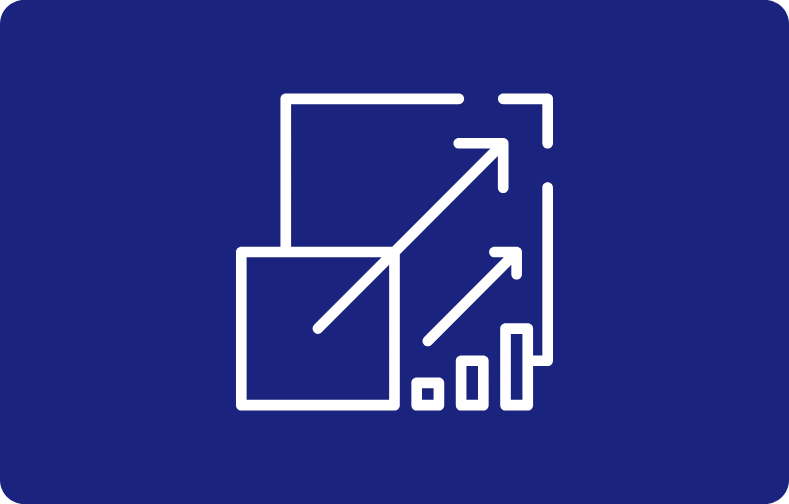PHP Workers: Best Practices and Tips to Boost Performance
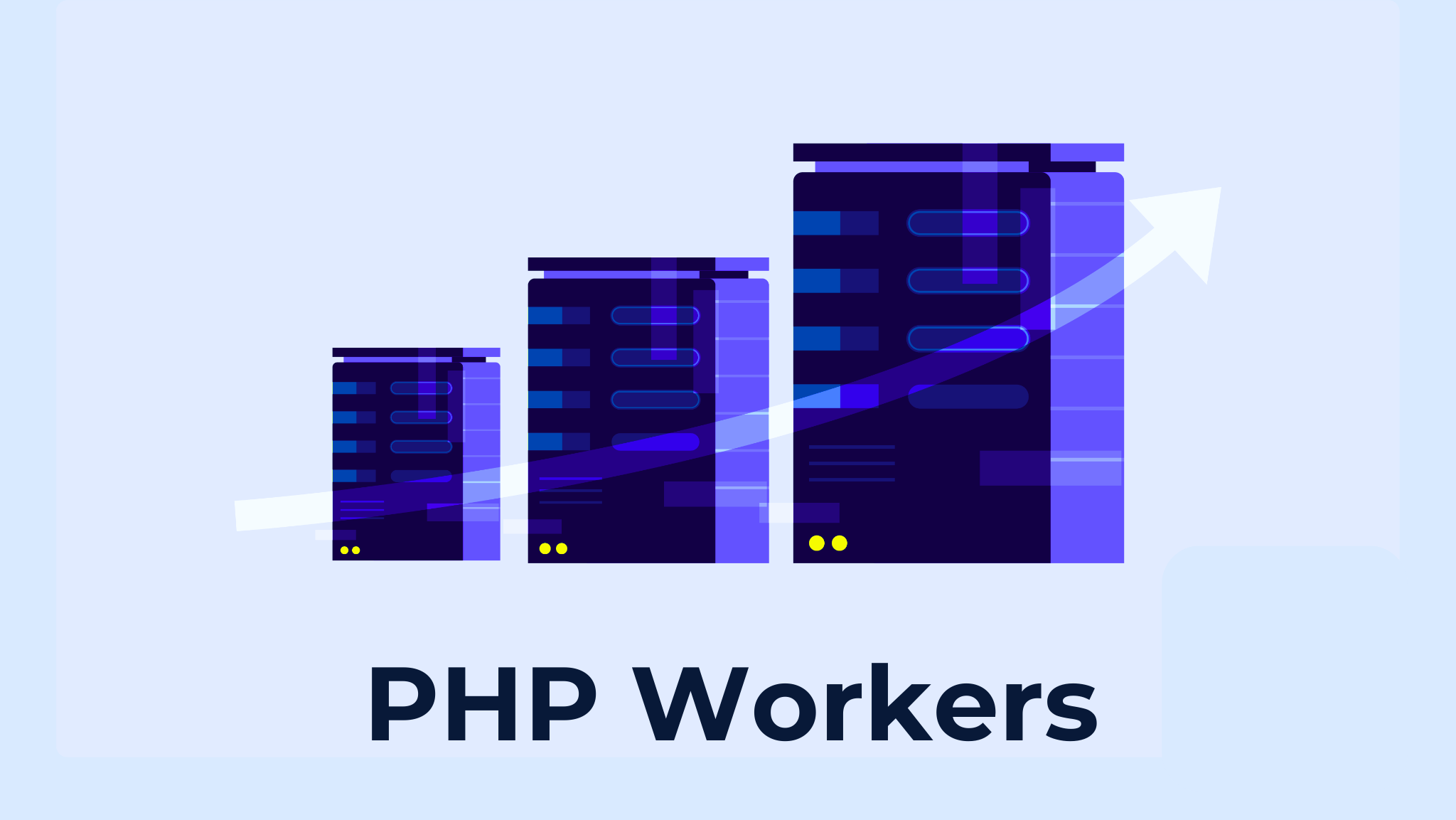
Your PHP workers can make a real difference in your pursuit of fast and responsive websites. Have you ever noticed that things get slower as your site scales or your traffic spikes? That is where optimized PHP workers come in to save the day.
Multiple PHP workers work like an engine running in the background, keeping the requests smooth to serve content. But are your site's PHP workers running as efficiently as they should be? And are you providing them with the PHP resources required?
Here are some simple yet power-packed practices to enhance the performance of your workers. Whether you're hosting a small Wordpress site or you run the operations for several ecommerce sites, these are tips you can use to help your PHP workers build pages that users will love to visit.
What Are PHP Workers, and Why Do You Need Them?
PHP workers are processes that execute PHP code on a web server. They are responsible for handling incoming requests, processing PHP scripts, and returning the generated output to the client. In essence, PHP workers act as intermediaries between the web server and the PHP applications running on it.
PHP workers are like restaurant employees: they receive requests, process the orders, and return results—just like when you're ordering food.
In this case, the "orders" are form submissions, page reloads, or requests for data on your website. Each worker can process one request at any time, so it follows logically that the more workers you have, the more requests your site can handle simultaneously.
If you have too few PHP workers and your site traffic goes through the roof, you'll get slow page loads: the requests get delayed, resulting in PHP performance issues and even site outages.
But you don't always need more PHP workers per site; you need optimized workers. Deploying more PHP workers may be a good starting point, but it will not always solve performance problems. When your PHP processes are poorly optimized, they shut down under pressure.
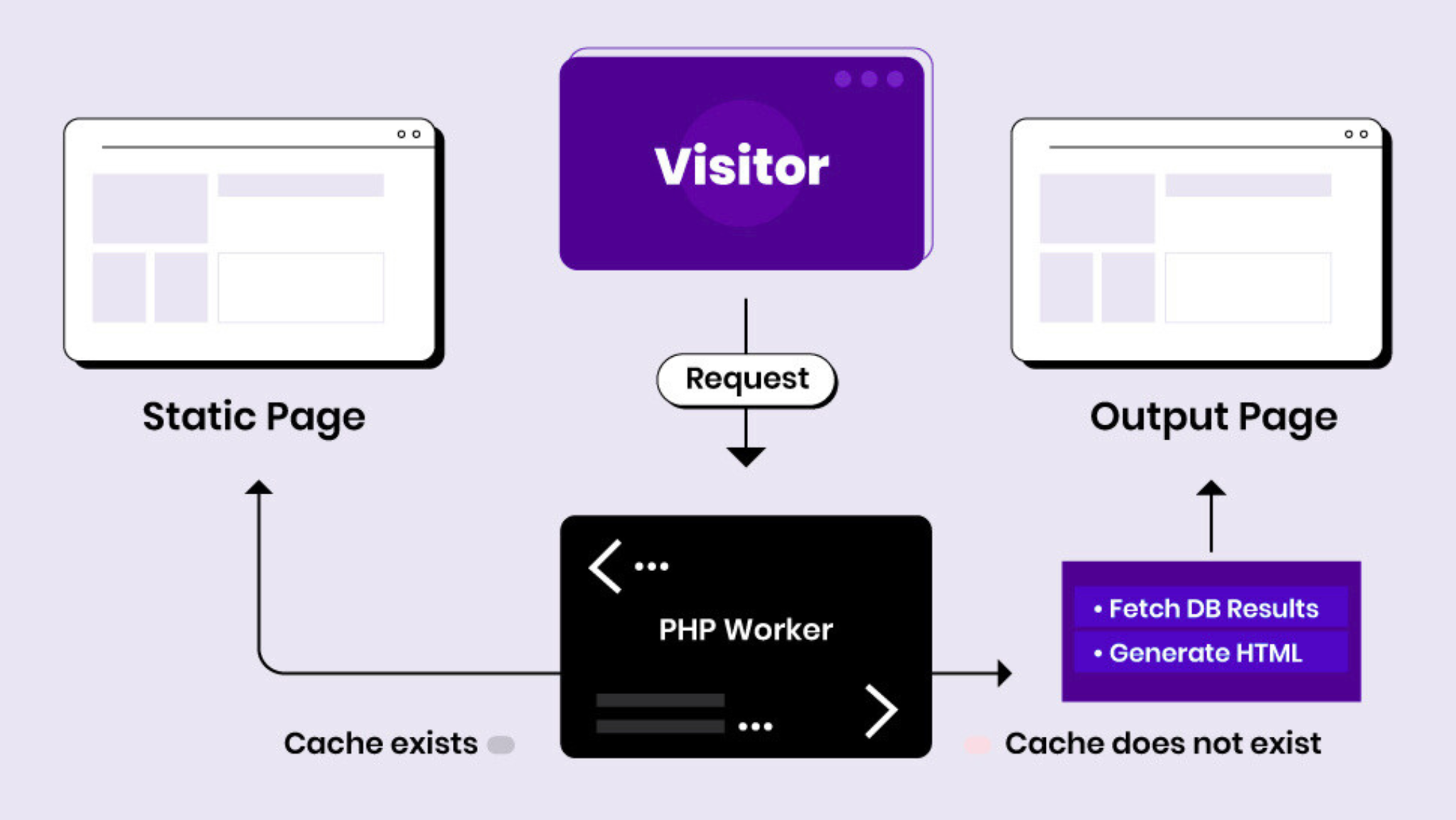
That is why optimizing your PHP process is critical to having your website always up and running smoothly, especially if you're managing a high-traffic dynamic website. Taking control of your PHP workers ensures your site can handle faster code execution without skipping a beat. Let's discuss how adding additional PHP workers can improve website performance.
The Impact of PHP Workers on Application Performance
PHP workers play a significant role in maintaining your website's speed and responsiveness. But how do these PHP workers affect the performance of your application? Let's dive into details, focusing on how many PHP workers are enough and how it impacts the site's performance and user experience.
What Happens When You Need More PHP Workers?
Let's say our website is the restaurant, and the number of waiters are the number of PHP workers. If you have only one or two waiters, your customers could face long waits to get served. If your website has only one or two PHP workers, your users could also face long waits.
Similarly, if your site gets more traffic than your PHP workers can handle, it creates a bottleneck that slows down the processing of the requests, which leads to sluggish backend processing or, even errors and crashes. Not enough PHP workers can create bottlenecks, especially during peak traffic times. Pages may never load, and specific actions—like completing a checkout or submitting a form—could fail. To fix these issues, you need to look for additional PHP workers to execute code.
Too Many PHP Workers?
You may think that more PHP workers translate to better performance, but it doesn't always work like that. You may overload your system if you increase PHP workers out of proportion to server resources like CPU and memory. This may lead to crashed servers or degraded performance somewhere else. It is all about finding the sweet spot between your server capacity and how many PHP workers you assign to sites that require backend processing.
Optimizing PHP Workers for Maximum Performance
It is optional to increase the number of available PHP workers but not optional to optimize them. Having enough PHP workers means you can handle it if, say, many users request dynamic pages at the exact same time.
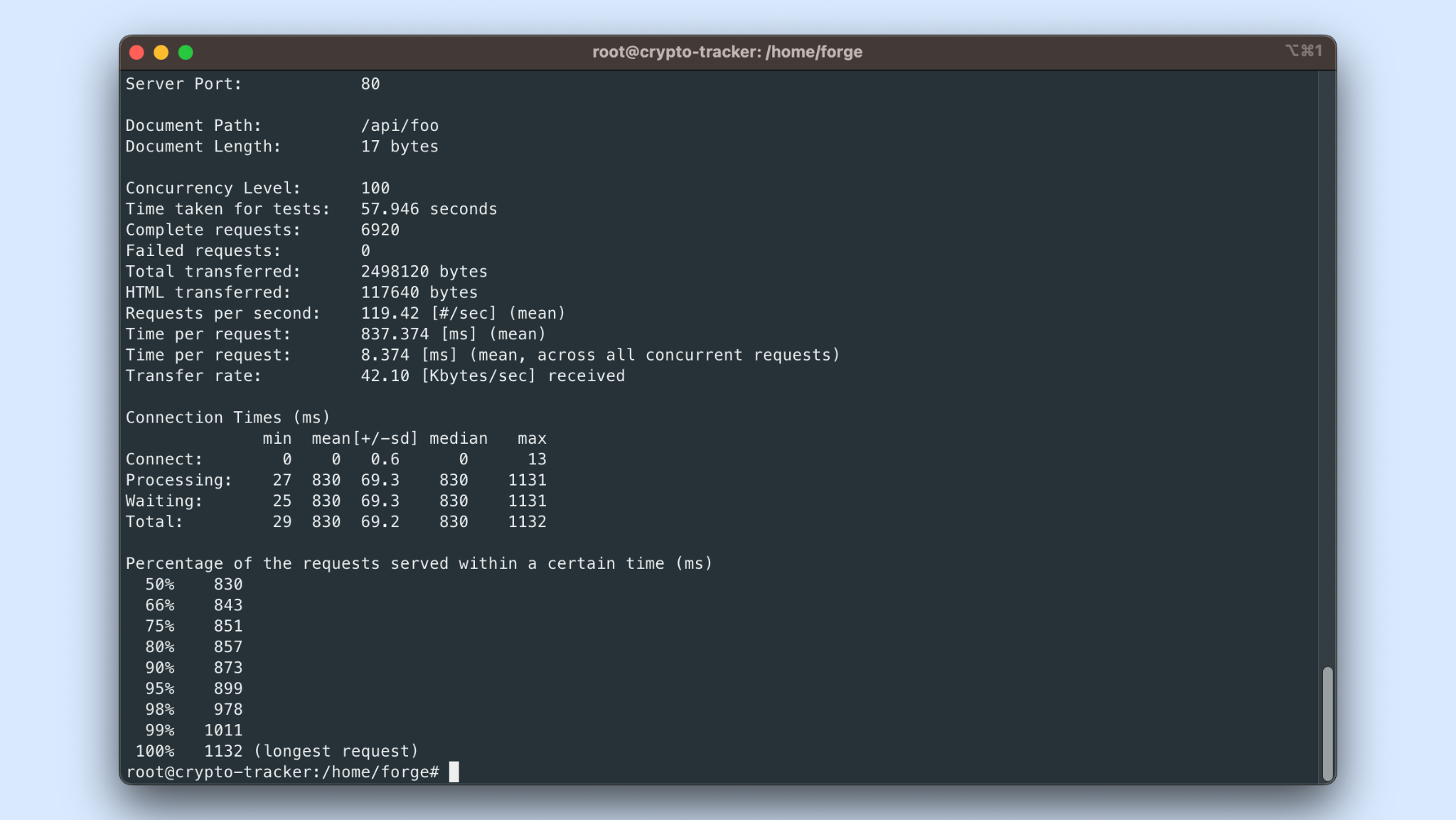
Maintaining proper PHP worker usage means keeping an eye on traffic trends, adding and removing workers during hot times so it can handle extra PHP processing, and making sure to scale your server level or upgrade its hardware so it doesn't collapse under the load.
Lower-order object caching, load balancing, and better coding practices take the pressure off your PHP workers and help things go smoothly behind the scenes. In other words, PHP workers directly affect how your site is dynamically generating pages.
The more attention they get, the better your speed, page cache, and user satisfaction. let's explore the next step in making your site perform better.
Optimizing PHP Worker Usage
Before jumping into optimization, remember that one PHP worker can process one request at a time, so you will need more workers if you have many users using your application.
Assess Your Current Worker Configuration
Firstly, to optimize the usage of PHP workers, you need to find out what setup currently have through your hosting provider. Depending on your server level, run PHP configuration settings to check how many workers are allocated. Examine the relevant configurations if you use any web servers such as Apache or Nginx.
Consider for yourself:
-
How many requests would you take in at any given time?
-
Are there peak times when the amount of site visitors spikes?
-
Is your Wordpress performance at peak levels?
By conducting this evaluation, you can determine if you need to increase your static workers or focus on optimizing other areas.
Optimize Your Code for Efficiency
Once you know your worker configuration, now is the time to look at your code. The more robust your code is, the less processing time will take for each request. Some strategies include:
Database Queries Reduce: Improve SQL queries by picking only the backend processes required. Set up proper indexing and caching for faster performance.
Minimize Resource-Intensive Processes: Heavy PHP process should be off-loaded onto background jobs. RabbitMQ or Beanstalkd can perform this exceptionally well.
Opcode Caching: A page cache tool like OPCache can store your compiled PHP code. In this case, execution time will be reduced with multiple requests as part of your cache bypassing traffic.
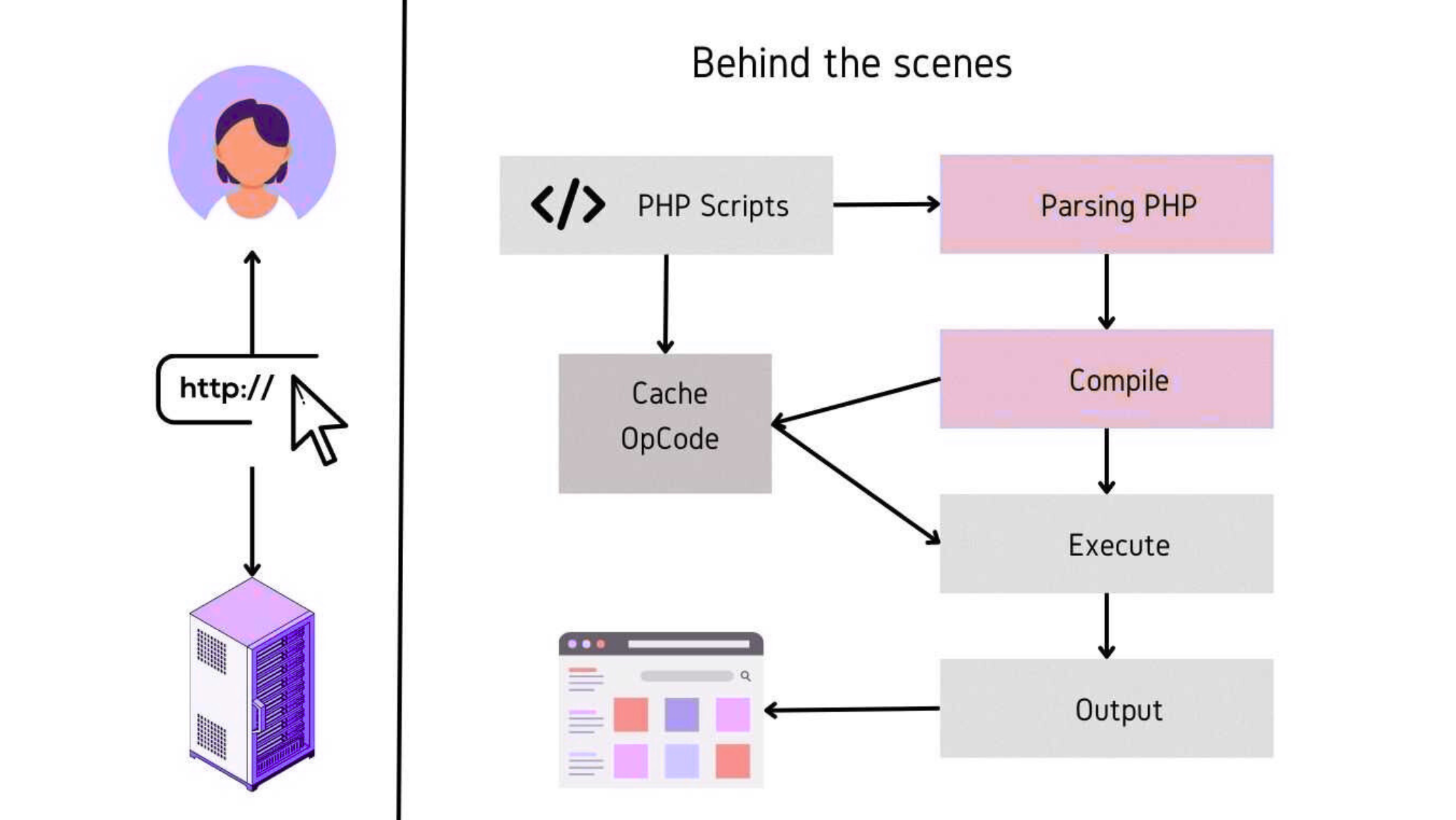
With an emphasis on clean, efficient code, you serve your number of PHP workers better as well as your site visitors.
Implement Load Balancing
Load balancers can help improve performance if the traffic on dynamic sites or your application is particularly heavy or moderate but erratic. Load balancers distribute workload traffic to multiple servers; therefore, no one PHP worker or server has it too bad. This may help keep the response time low, even at peak usage.
Load balancers can often be set up through hosting providers, but you should be familiar with the basics. Here's a quick overview of the different types of load balancers:
Hardware Load Balancers: These are physical devices that, although costly, can ensure strong performance.
Software Load Balancers: Applications like HAProxy or NGINX can be configured for effective request distribution, and are usually cheaper than hardware options.
The best load-balancing strategy for you will depend on your budget and application needs.
Scale Up When Necessary
As your application becomes more popular, you'll likely see an increase in users. To ensure your application can handle this growth, you'll need to scale the number of workers. Here are some strategies:
Vertical Scaling: Increase your existing server's resources directly, like CPU capacity and RAM, to accommodate more workers.
Horizontal Scaling: Most managed hosting companies can help you deploy more servers in your architecture and split the load evenly.
Both approaches have pros and cons, so consider your application's exact needs and budget when deciding on the best strategy to use.
Leverage Asynchronous Processing
Finally, asynchronous processing should be considered to benefit worker optimization. With asynchronous processing, any number of PHP workers can handle tasks without blocking. It's handy when your task waits for something else, perhaps receiving an API call back.
Libraries such as ReactPHP or Swoole let you write non-blocking PHP code, keeping more clients with your application with no extra workers needed.
PHP Worker Configuration and Performance
The configuration of PHP workers is essential for optimizing your application's performance, especially during peak usage. To further improve efficiency and prevent bottlenecks, consider using a PHP workers queue to manage and prioritize incoming requests.
Think of workers like servers during a party: you don't want people leaving because no one greeted them. If your workers aren't set right, the users will have frustratingly slow experiences that might lead them to kill sessions and move elsewhere.
Start with your application-specific demands. Have you had traffic spikes at a certain hour of the day? This will be useful for guiding how workers might be used. It's like preparing a buffet. You want to put out most of the dishes when the bulk of the crowd arrives.
Now open settings related to your server. You can adjust some of the defaults like "max_children" in PHP-FPM to let it handle more background processes, but be careful not to overload your server. PHP-FPM is a high-performance process manager specifically designed for PHP. It's a balance: too many workers may overwhelm your server; too few, and your users will be left waiting in line.
Don't forget to set the timeout values appropriately. This will prevent your requests from hanging indefinitely and further bottleneck your workers. If you think of each PHP worker as a kid at a birthday party, setting timeouts is like setting a timer for a game. If it goes on too long, the kids may lose interest.
Finally, regularly review your configuration. While an application scales, it also changes. Performance metrics on your HTML page or application will help you tweak the user experience further.
This way, you are optimizing your application and creating a very friendly environment for your users. So roll up your sleeves and start with the optimization; your users will thank you.
Common Issues and Solutions
Have you ever felt that your PHP application is lagging or crashing? Welcome to the club. Most of the PHP problems developers face have to do with the configuration of its workers. Let's walk through some common issues you'll encounter and go through some practical solutions for applying changes to keep your application running as smoothly as possible.
Worker Overload: Too Many Requests
Think of it like this: You enter a restaurant with only one waiter to serve all the tables. This might work for a light evening, but when it gets busy, watch out.
The same case is true here: performance and response time go out of the window if your PHP workers are too busy serving too many concurrent requests.
Solutions: Tune your pm.max_children setting so that your server is never overloaded. As with monitoring other server resources, scale up workers only when necessary, just as you might hire more staff during a busy period.
Memory Limits: Running Out of Resources
Have you ever encountered the frustrating 'out of memory' error? When PHP workers run out of memory, they crash, leaving your users stranded.
Solution: Go into your PHP configuration and set this memory_limit setting. You can set it very high to accommodate the requirements of applications you're running, but at the same time, also monitor out-of-memory conditions. Consider streamlining code and queries to use less memory, as that would be very beneficial for smooth functionality on your dynamic sites.
Deadlocks: Workers Getting Stuck
Imagine a traffic jam where no cars can move. That's similar to a deadlock in PHP workers: they can get stuck waiting for resources held by each other, causing your application to freeze.
Solution: Rewrite code paths using refactoring to prevent deadlocks. Use logging to diagnose where your application is deadlocking and steer clear of complex locking mechanisms. That alone could simplify your database queries enough to eliminate deadlocks completely.
Timeout Issues: Long Requests Hanging
Ever had to wait for ages while a web page was loading? This occurs because the PHP workers become stuck in long-running requests, causing timeouts and user frustration.
Solution: Using reasonable timeout values for your workers, you will likewise wish to profile the code to find any sluggish queries or operations and optimize them. Occasionally, taking one complex task and breaking it down into smaller ones that can run asynchronously can keep things humming.
Insufficient Logging: Lack of Insight
Without clear views of what is happening behind the scenes, it is hard to troubleshoot problems. Poor logging can be likened to driving a car blindfolded. You will eventually, inevitably hit the wall.
Solution: Establish appropriate logging of errors, warnings, and performance metrics. You will wish to leverage a library like Monolog to give you great insight into your PHP workers' work. With good logging, you will be much better positioned to track down issues and resolve them, adding to the overall reliability of your application.
By going head-on with these general problems, you can actually make some serious improvements in the performance of your PHP application and its users' experience. Remember, monitoring your PHP workers is a never-ending effort, and a little care on your part will be repaid by eventually being able to reduce php worker usage.
Hosting and PHP Workers
Understanding PHP workers can make a difference in performance of a Wordpress site or other application. PHP workers are pretty much the keepers of the engine working for your website, and each worker processes one task at a time.
When you have too few PHP workers, your server may get overwhelmed whenever multiple requests come through at once, causing painfully slow background processes or even leading to downtime during peak loads.
With a VPS server, you can manage more resources than shared hosting. You can decide where is the best place to spend CPU resources. You may easily allocate more PHP workers against the capacity of that server, and this way, your website will handle more requests all at once.
If your site is growing, or you run an eCommerce platform or a high-traffic blog, the impact of ramping up the number of PHP workers on your VPS can make a big difference in performance.
It's the art of striking a balance; too few and it slows down; too many and it overloads your server memory. Fine-tune your PHP workers on a VPS so that when things get busy with visitors, it can maintain the edge in speed and responsiveness.
Choosing a Performance-Focused Host
When choosing a host for your PHP application, performance is one of the key things you should look at. You want a host who will serve you well today and can scale easily to meet your growing demands.
Find hosting providers specializing in PHP applications. See whether they include new versions of PHP, since recent releases may contain valuable performance improvements.
Also, consider the server infrastructure. Hosting on SSDs will greatly improve the speed of your application compared to older hard drives. Also, ensure that CDNs, or content delivery networks, are being provided to push your content closer to users around the globe, reducing load times and improving Wordpress performance.
Don't forget customer support. Timely responses from a qualified tech support team can often be a lifesaver when something goes wrong. Read reviews and feedback from other developers that will help you select a reliable hosting provider.
Indeed, investing some time in choosing a hosting provider that seriously focuses on performance will give your PHP application a solid foundation for better experiences from users and better scalability as it grows.
Conclusion
Optimizing your application's performance involves effectively managing PHP workers. Understanding how they work and following best practices can significantly improve your application's responsiveness. Everything matters, from choosing the right hosting provider to determining the optimal number of PHP workers.
Conversely, by ensuring the optimization of PHP workers, you will be saving on load times but simultaneously providing a silky-smooth experience for users. PHP workers will create a line of defense against poor performance, meaning they can handle requests and provide content very efficiently.
Continuously monitor and scale your PHP workers by demands of traffic and/or resource utilization. Follow these best practices to unlock the full power of the PHP worker and let your website thrive under load.
Frequently Asked Questions
How do I know if my website has enough PHP workers?
If you find your dynamic pages frequently hang or queue requests for periods of time when being hit hard, then this usually means you don't have enough PHP workers per site to keep up with the number of requests. Other ways you might determine whether more workers are needed include monitoring server logs and server performance metrics.
What is a PHP worker limit?
A PHP worker limit is the number of processes that a server can handle simultaneously. Each worker will process one request at a time. Excess requests are put into a queue until a worker frees up, and site performance could suffer if the limit is reached.
What is a PHP web server, and how does it work?
A PHP web server is a server running PHP. It processes the code to produce dynamic pages. It receives requests, executes scripts and HTML pages, and sends responses to the users. A PHP web server runs PHP scripts and provides the generated HTML to the user's browser. The server processes requests by interpreting the PHP code and using databases to deliver dynamic content.
Why is the number of PHP processes important in terms of performance?
Where multiple PHP processes are involved, handling numerous requests becomes a parallel job for the server. If the server handles only one PHP process, it can serve only one request at a time. Therefore, running multiple PHP processes means that a website can easily handle higher volumes of traffic with improved responsiveness by curtailing wait times for users.
How do I increase PHP workers?
To increase the number of PHP workers, you must adjust the configuration in your server's PHP-FPM or web hosting control panel settings. Look for "pm.max_children" or similar directives, and raise the value to allocate more dynamic workers, enabling your server to handle more concurrent requests efficiently.








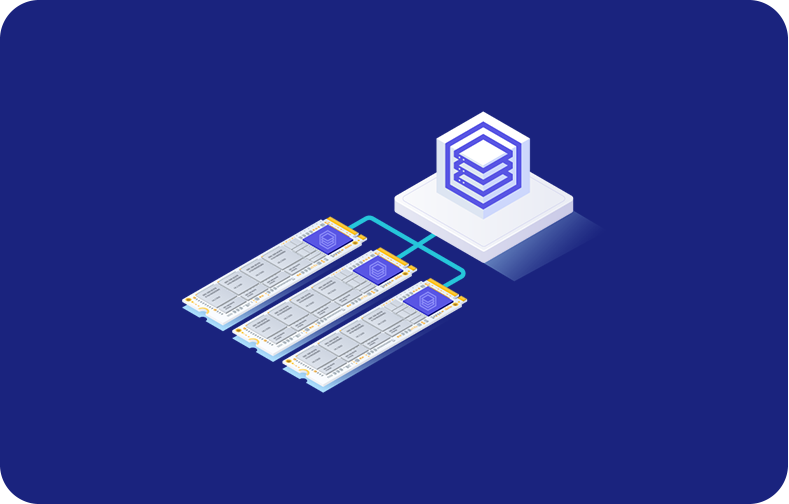

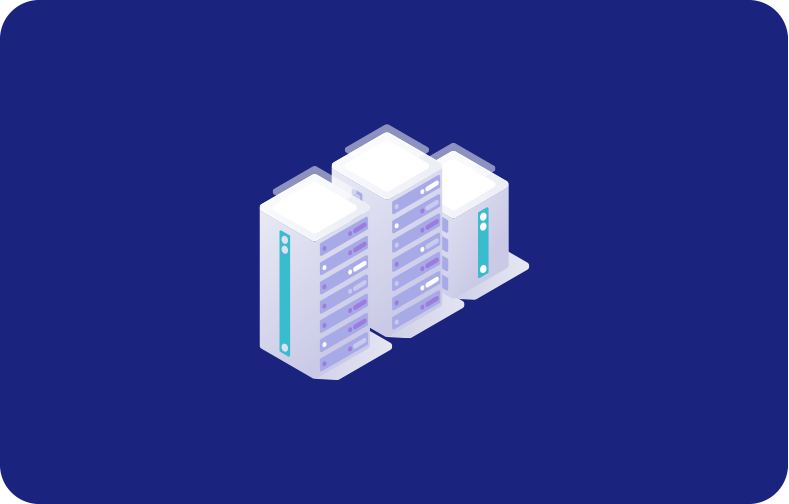
 (1).png)
